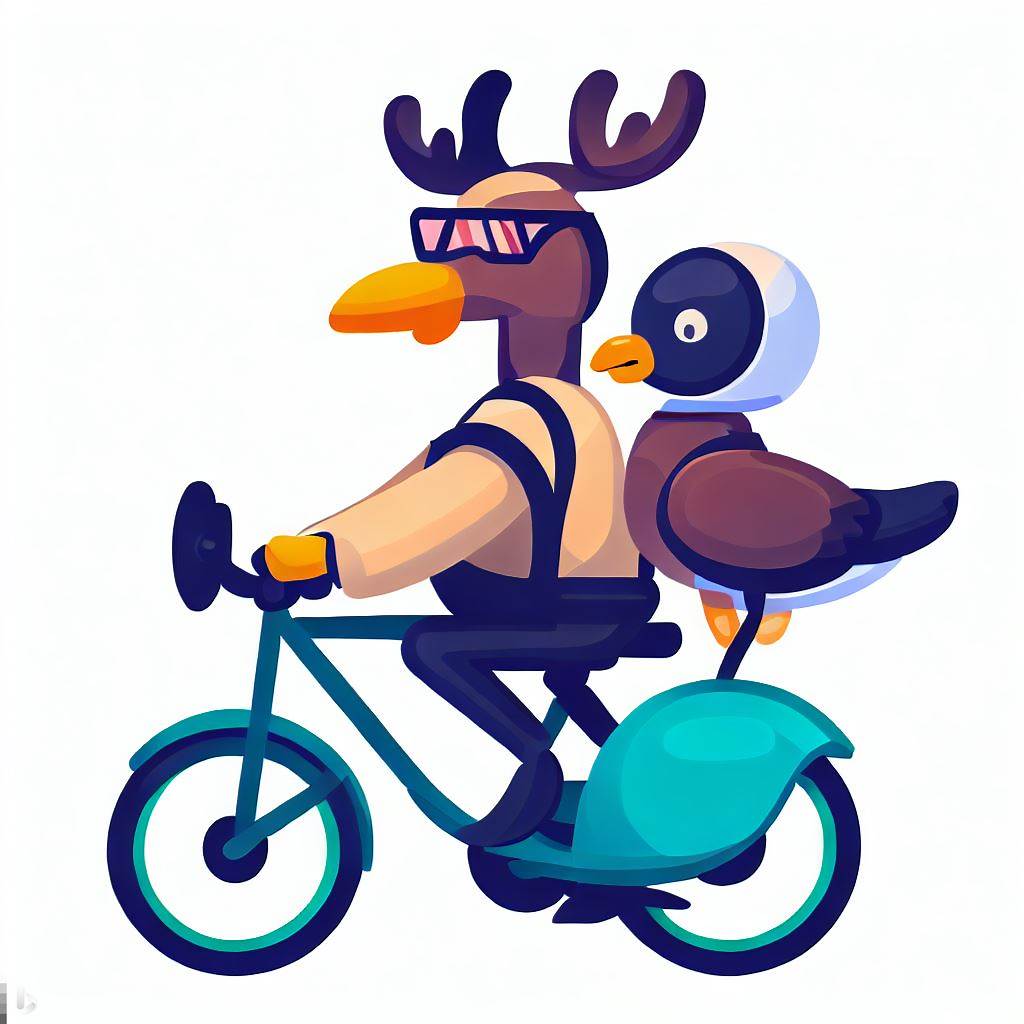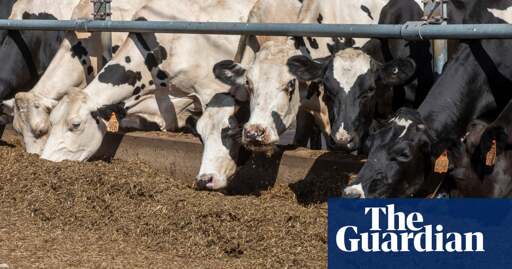Summary
A new H5N1 bird flu variant has become “endemic in cows,” with cases detected in Nevada and Arizona, raising concerns about human transmission.
Experts warn that without intervention, the outbreak will continue, but Trump has cut CDC staff and halted flu vaccination campaigns.
The virus’s spread coincides with a severe flu season, increasing the risk of mutation.
The administration has also stopped sharing flu data with the WHO and shifted its containment strategy away from culling infected poultry, raising fears of inadequate response.



Nope.
Agriculture is the raising of food. Rather that’s vegetables or animals.
Hunting animals and selling them in a market isn’t agriculture.
And if you had argued that killing animals and eating their meat is the source of diseases, well again that’s not how AIDS started. And folks are catching bird flu from their cats bringing it in the house.
So animal agriculture certainly is one vector of transmission. And factory farming especially is a big issue, because animals are often in confinement where disease spreads easily, and then transfers into people.
But no, all pandemics did not come from animal agriculture. Or even eating meat.
I was under the impression primate bush meat consumption was believed to be the origin of HIV, is that not the case anymore?
According to (The National Institute of Health Library of Medicine)[https://pmc.ncbi.nlm.nih.gov/articles/PMC3234451/] you are possibly correct. It most likely jumped to people from hunting bush meat, but it’s possible it could also have made the jump to people in a livestock setting where someone was raising monkeys for sale as pets or lab animals. Getting bit by an infected animal could be enough to transmit the virus.